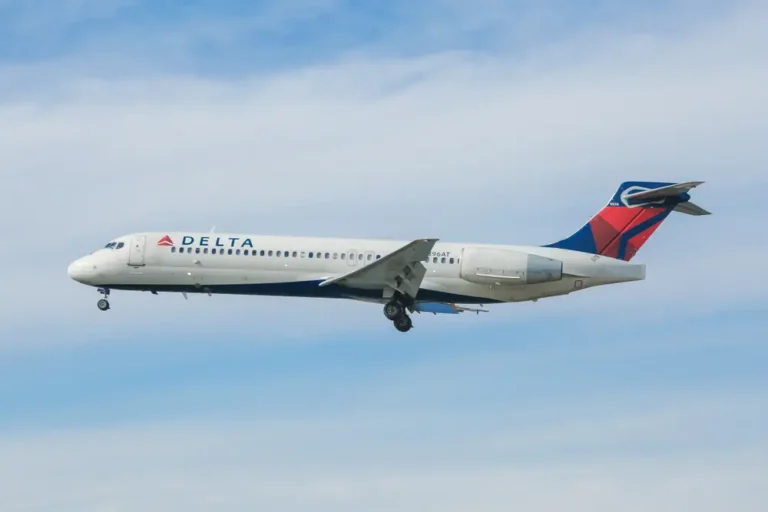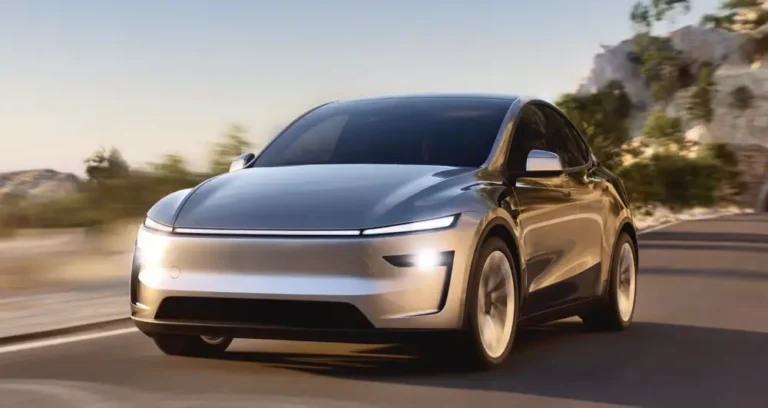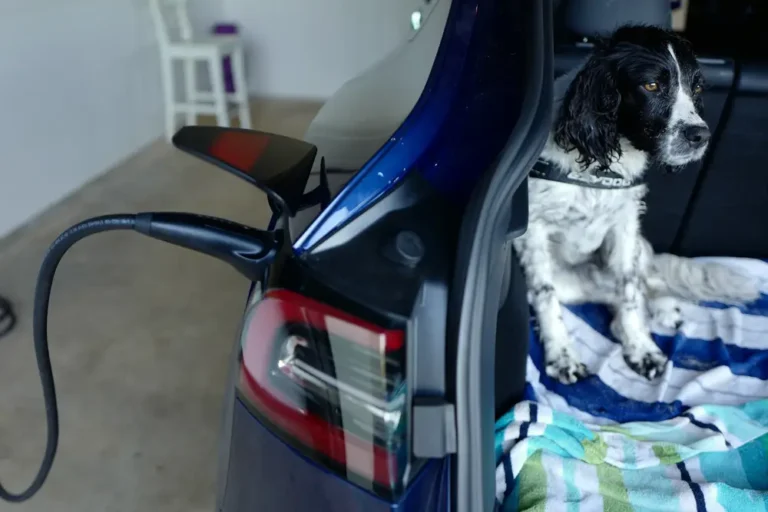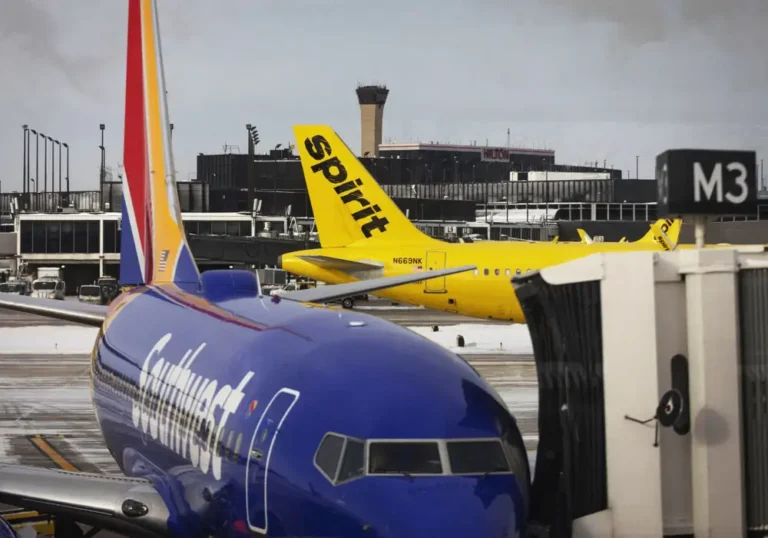This electric plane promises to fly 90 passengers 500 miles on a single charge
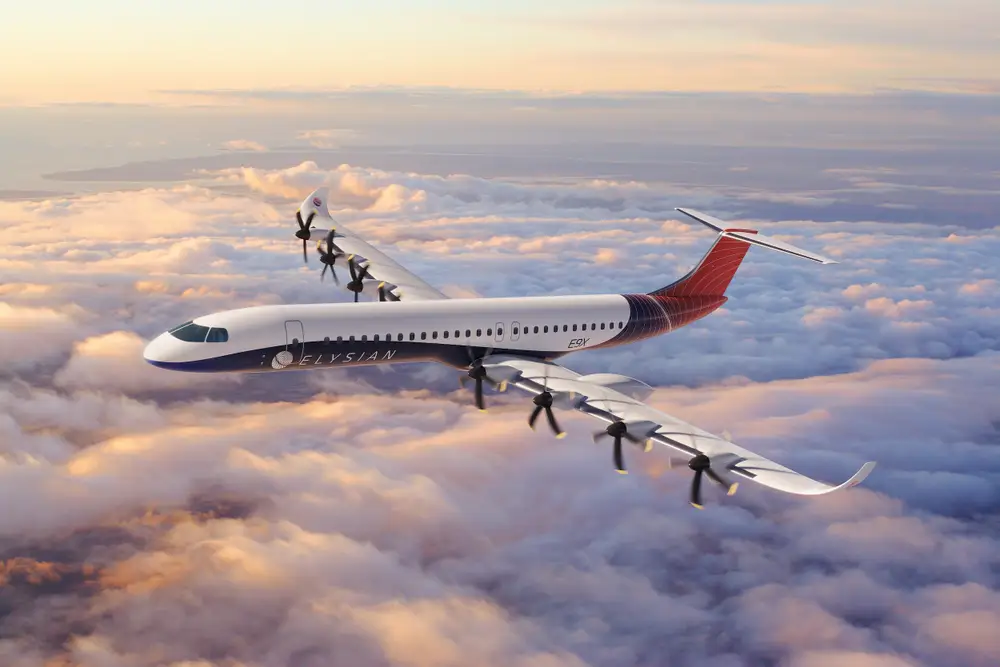
The Elysian E9X would be powered by batteries stored within its wings.
After years of hype, electric planes have largely failed to get off the ground, with startups collapsing and existing prototypes struggling to take off.
Elysian, an electric plane startup based in the Netherlands, thinks it has found a way to change that; a novel new battery-powered jet that it says could fly 90 passengers up to 500 miles on a single charge.
“Part of the reason why the aerospace industry has been so skeptical about large electric aircraft is because to electrify a contemporary plane, you had to make very wild assumptions about how battery technology will develop,” Elysian co-CEO Daniel Rosen Jacobson said.
The startup has attempted to get around this problem, he said, by rethinking what an airplane should look like to squeeze every drop of performance from current battery tech.
The result is the E9X concept, a 90-passenger electric plane about the size of an A320 that could be capable of traveling up to 500 miles on a single charge.
The E9X has larger wings and a slimmer body than most conventional aircraft, and in place of two to four jet engines, it has 8 propellor engines powered by batteries stored inside the wings, a design choice that aims to make the E-9X as light as possible.
The plane would also come with folding wingtips, which Elysian says are intended to improve its aerodynamics and allow it to fit within gates designed for current aircraft.
The E9X currently exists only on paper, with Elysian planning to build a full-scale prototype by 2030.
Jacobson believes that if E9X and other large short-haul electric jets like it become a reality, they could dramatically cut the aviation industry’s CO2 emissions and transform the flying experience.
“It would become much more attractive to use aircraft versus pretty much any other transport mode,” he said, adding that quieter electric engines would “very likely” make flying a far more peaceful experience.
Electric planes haven’t taken off
The past few years have seen several once-promising efforts to build an electric plane falter.
Both NASA and Rolls Royce scrapped plans to build electric planes last year. Kitty Hawk, a startup backed by Google cofounder Larry Page, abandoned plans to develop an ultralight electric flying car in 2020 and was wound down in 2022.
Experts have expressed skepticism over whether existing batteries have a high enough energy density — the amount of energy they can store relative to their mass — to power all but the smallest of planes.
“In my view, the main bottleneck is still the energy source; current batteries are too heavy for the amount of energy they provide.
This means that for now, electric propulsion is only viable for small aircraft with a limited range,” Sophie Armanini, a lecturer in Aerial Robotics at Imperial College London, told Politico.
Elysian believes it has a workaround with the E9X, but Jacobson acknowledged that making large electric planes a reality will still be challenging.
He said the E9X would require around 11 to 13 megawatts in charging capacity, and said Elysian had been in contact with one energy company that quoted a price of under 10 million euros ($10.9 million) to install the necessary charging infrastructure.
Jacobson believes this figure is comparatively small in the scale of airport infrastructure overhauls and said that the transformative impact of large electric planes would make it a small price to pay.
“Until now, the industry didn’t think there was a commercial electric solution. Now with this concept there is,” he said.

